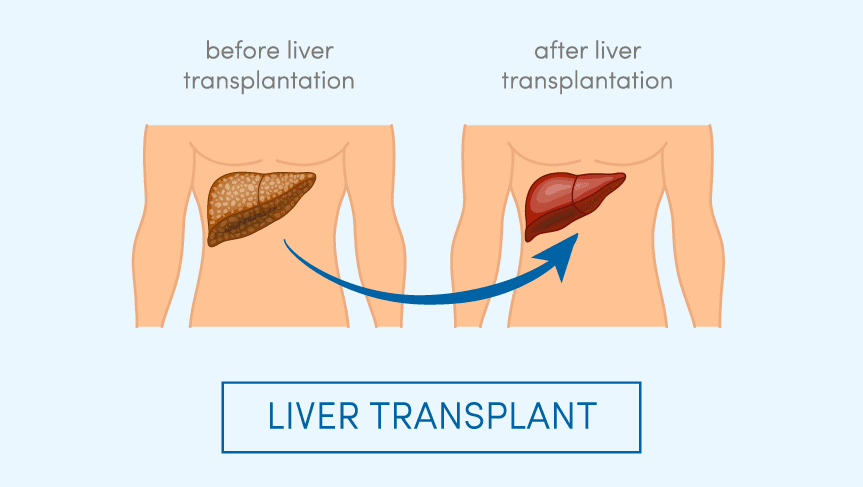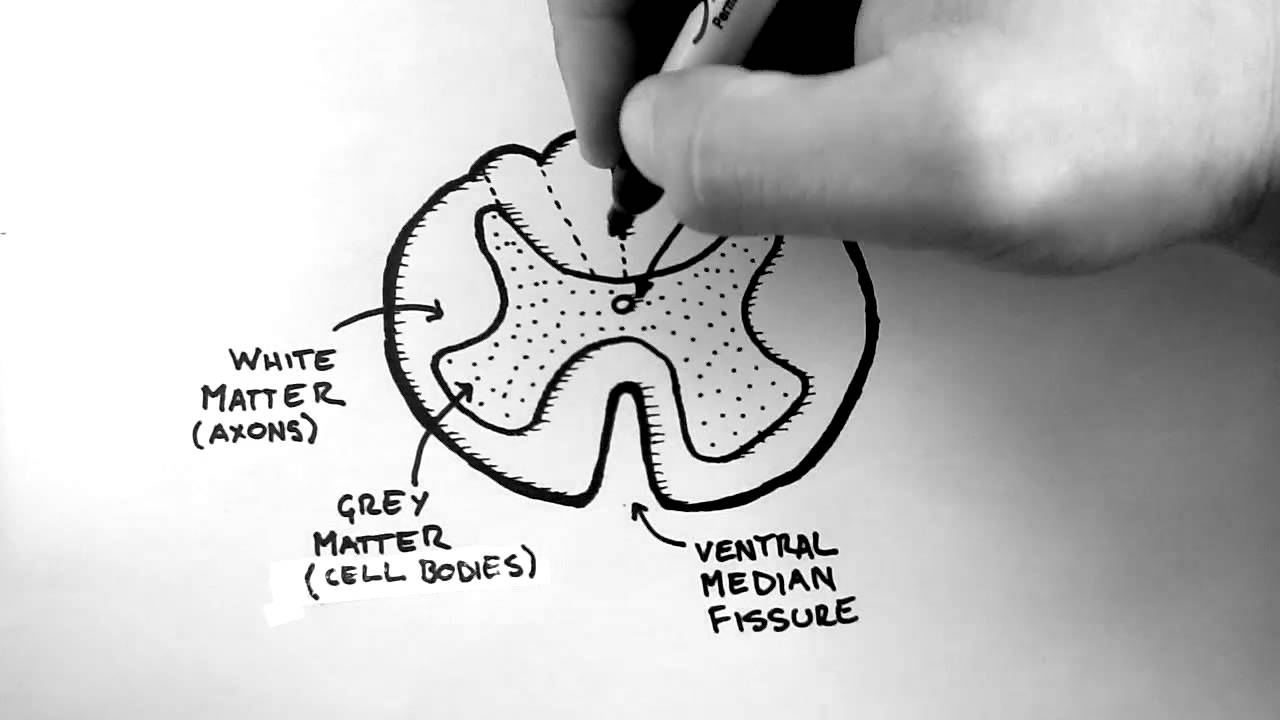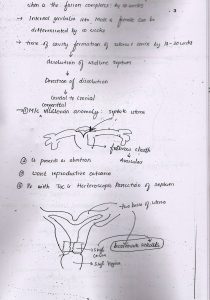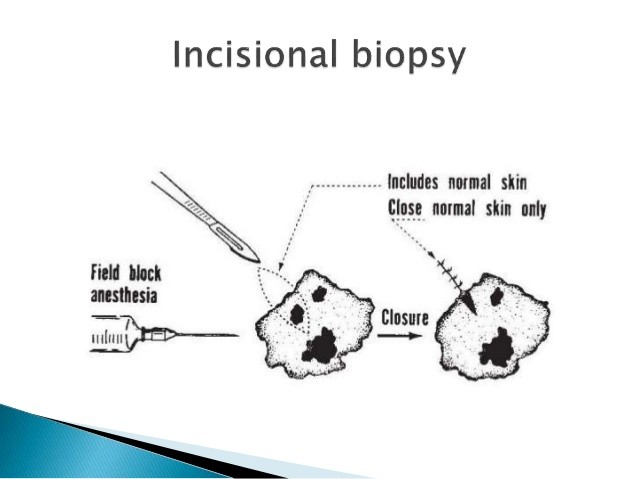Listing out the pathology notes for the MBBS students. this note is about the Important bodies in pathology in various…
Read More

Listing out the pathology notes for the MBBS students. this note is about the Important bodies in pathology in various…
Read More
Liver transplantation (LT) is indicated for the treatment of acute liver failure (ALF) and end-stage liver disease (ESLD). Currently, the…
Read More
High Yields in orthopedics are the important contents for the revision for the exam point of view. orthopedics revision notes…
Read More
Revision notes for USMLE and other medical exams are always needed for the preparation at the time of the exam…
Read More
To know “How to take an incisional Biopsy correctly?” is essential for the medical doctors. The skills and different techniques…
Read More